So how to grow a green roof. A living green roof is a wonderful thing. It’s great for wildlife, lowers the carbon footprint of a building, preserves the waterproofing and looks amazing. It’s not difficult to create a living green roof as you’ll find out if you read our green roof growing guide.
What are the types of green roof?
I’ve been studying and writing about green roofs for a very long time, and I can assure you that there is no such thing as a “bog standard” green roof. Not even if you are using off-the-shelf products to create it. The design, the build-up and the planting plan need to be bespoke to the building and the way the roof develops over time is different in every case.
You’ll hear people speaking about different types of green roof. Here’s a quick glossary to help you understand what they’re on about.
Extensive green roof
If they are designed, installed and maintained properly, these roofs are pretty much self-sustaining. They’re not normally walked on apart from essential inspections and maintenance visits. Substrate depth can be anything from 20mm on a lightweight sedum roof to 150mm on a wildflower roof. In general, the deeper the substrate the higher the installation cost but the greater the benefits.
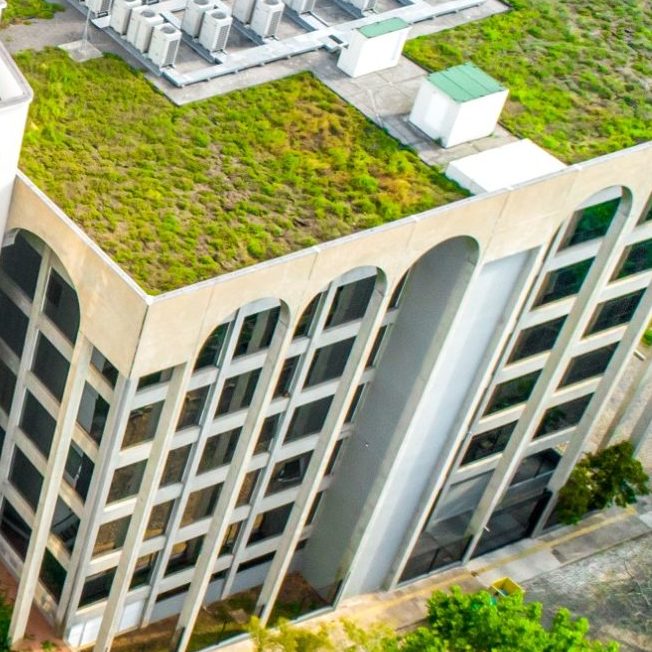
This extensive green roof is in Stevenage, Hertfordshire. It’s not huge but it is very effective and insulating this un-heated outbuilding.
Intensive green roof
Normally has a very deep layer of substrate and is cared for and used in the same way as a ground-level garden. Think lawns, paths, seating – even fruit and vegetable production.
Sedum green roof
Usually a form of extensive green roof where the planting is almost exclusively sedum species. These are very easy to care for and, provided they are installed and fed properly, offer year round interest.
Biodiverse green roof
Can be intensive or extensive depending on the design. A biodiverse green roof hosts many different plant species with the intention of attracting lots of insects and birds. A wildflower roof would be a good example of a biodiverse green roof.
How to plant a green roof
Planting a small green roof on a garden shed, an outhouse or even a storage unit is great fun. If you’re a keen gardener and have good access to the roof, you can turn it into an extension of your garden. If you love plants but are unable to devote much time to them, you can still have a green roof. Just use sedum matting or wildflower matting to create it and other than an annual maintenance visit, you’ll be able to enjoy the show without having much work to do.
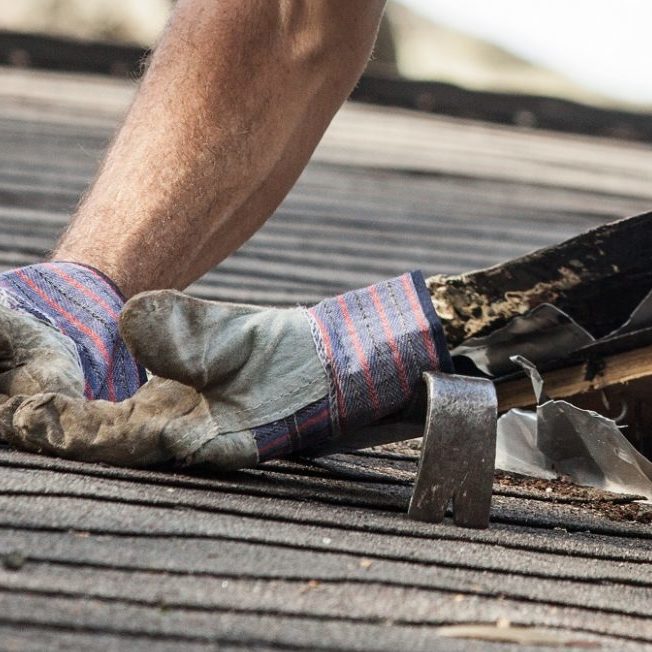
Before installing any part of a green roof check that the building is suitable and that the roof and waterproofing are in tip-top condition. Removing the green roof to make repairs afterwards is difficult and costly.
The steps….
First task when planning a green roof is to check the weight bearing capacity of the building. That way you’ll know your limits when it comes to deciding how deep the substrate (growing medium) layer can be. If the building can only support a little substrate – then sedums and sempervivums are the obvious choice for planting. They’re very shallow rooted and amazingly drought tolerant. Make sure you choose frost-hardy varieties though.
Waterproofing
Next job is the check the integrity of the waterproofing. A green roof build-up is not a substitute for waterproofing. If you have any leaks, or if puddles sit on the roof for a long time after it’s finished raining, fix those problems before creating your green roof.
Your roof will also need an edging or an upstand. This must allow for good drainage but at the same time it needs to protect the plants against drying winds.
A simple sedum roof is easy to install using Enviromat sedum matting.
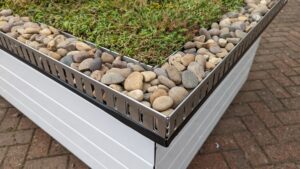 |
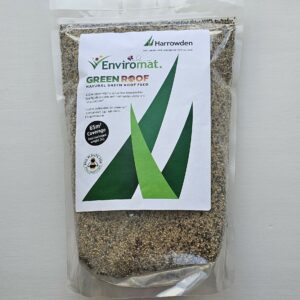 |
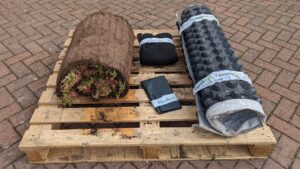 |
 |
 |
 |
Growing your green roof
Planting a green roof is just the start. Once the plants are in place they need a little bit of TLC if your roof is to bring all the benefits you want it to.
Good Housekeeping
Essential tasks for any type of green roof revolve around keeping the drainage outlets clear and the plants free from debris.
Every autumn and preferably in spring as well, check that the drainage is working properly. Fallen leaves or rubbish that are sitting on top of the vegetation need to be removed too.
Watering
Your plants will need watering in to settle them but the amount of irrigation they need after that depends on
- Plant species
- Depth of substrate
- Weather conditions
- Aspect of the roof (is it exposed to hot sun or drying winds? Sloping roofs generally need more irrigation than flat ones)
As I mentioned at the beginning of the article, every roof is different. Experience will teach you when to water and when to hold off on the irrigation. Basically, if the growing medium is moist and the plants look healthy you don’t need to add water. For sedums, too much water is worse than too little because it encourages weeds to grow.
Weeding
If there’s one thing that Mother Nature can’t tolerate, its bare soil so there will always be rogue plants waiting in the wings to colonise bare patches on a green roof. Some so-called weeds are harmless and can actually improve the biodiversity. Others can outcompete the desirable plants or possibly even damage the waterproofing with their root systems.
Once or twice a year, you need to nip up onto the roof and remove any imposters. Pay particular attention to tree seedlings. It doesn’t take long for them to develop very invasive roots.
Feeding
Again, the amount and the frequency of feeding depends on your roof and what’s growing on it. An intensive green roof needs more feeding than an extensive one. Wildflower roofs shouldn’t need any fertiliser – they will find their own balance. Sedum roofs need one application of specialist feed every year. (Sedums need two applications in very wet weather, on steeply sloping roofs or if they are recovering from neglect)
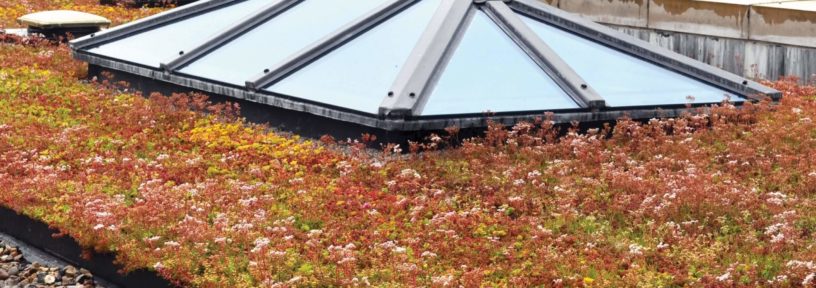
 Growing a green roof – Substrate Vs Soil
Growing a green roof – Substrate Vs Soil 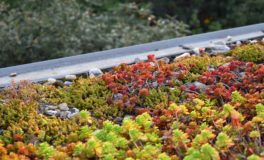 Green roofs for environmentally friendly urban development
Green roofs for environmentally friendly urban development 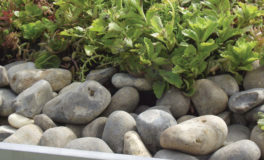 Creating a green roof just got easier with Enviromat kits
Creating a green roof just got easier with Enviromat kits 

